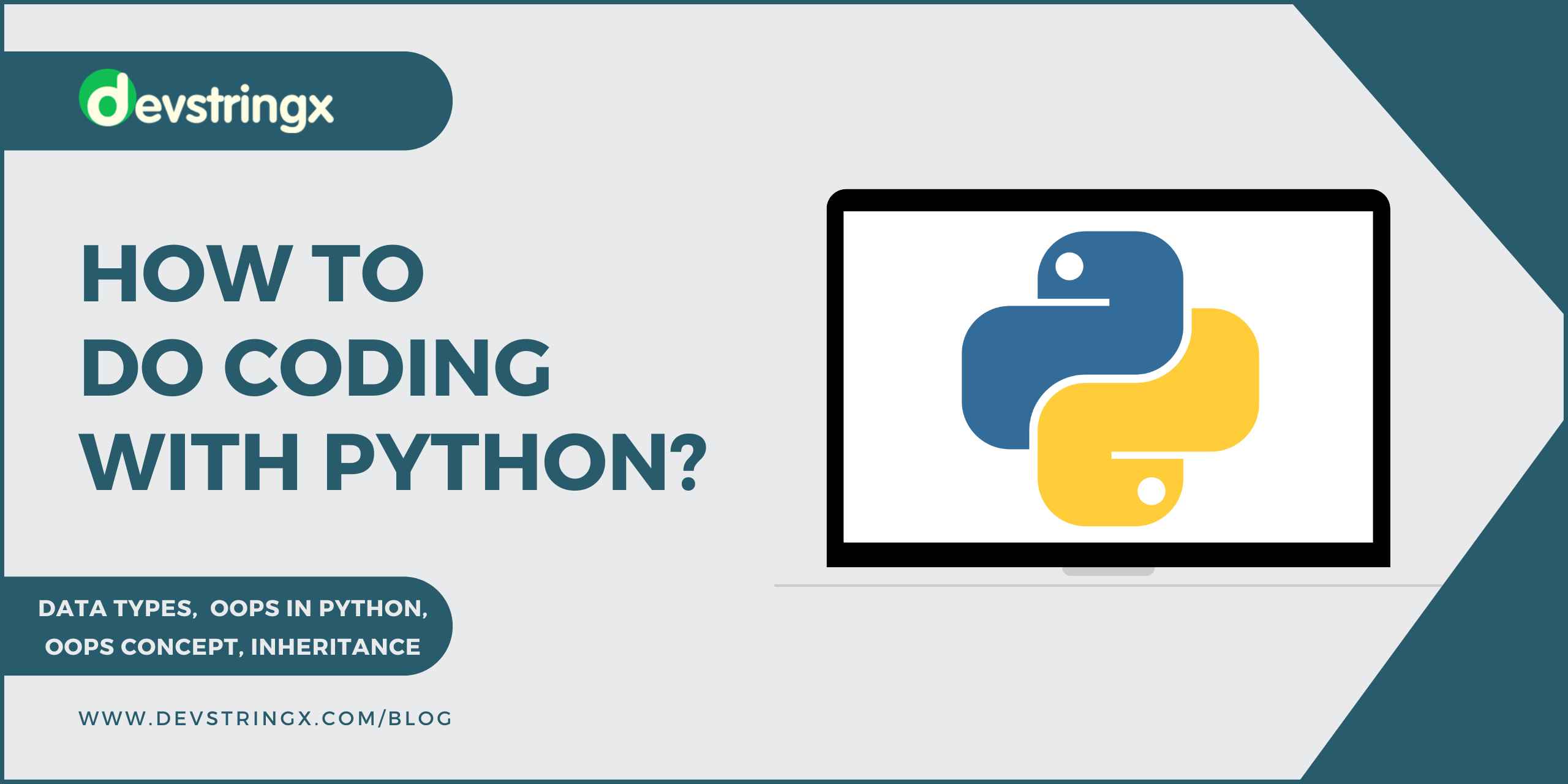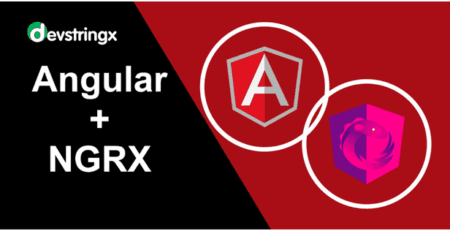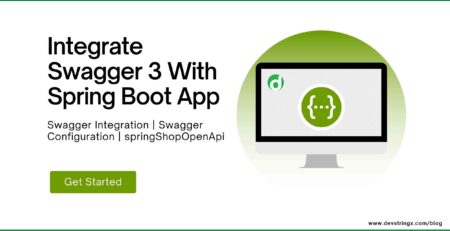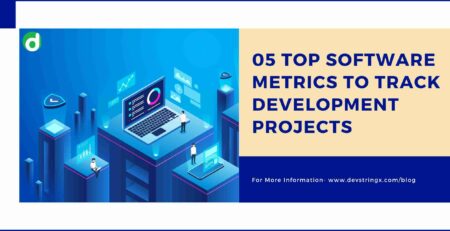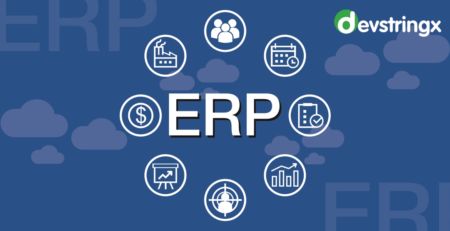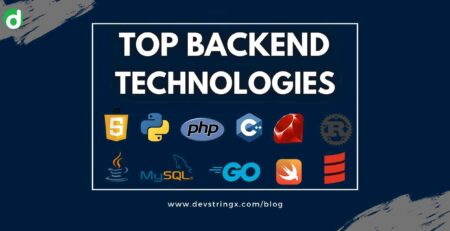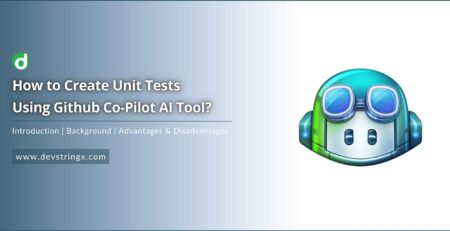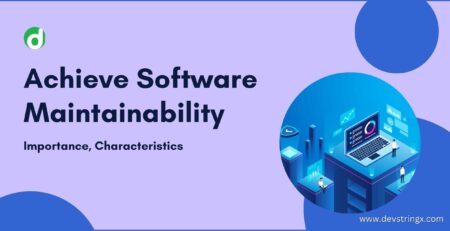How to do coding with Python? – Devstringx
Python is a computer programming language often used to build websites and software to automate tasks and conduct data analysis. It’s a general-purpose language, meaning it can be used to create a variety of different programs and isn’t specialized for any specific problems.
It is a high-level language (HLL) Made by Guido Van Rossum. He started working on Python in the late 1980s and released it in the year 1991 as “Python 0.90” 20 years ago. The current version of Python is 3.10.7. released on Sept. 6, 2022
Some Statements and Control flow
- Using a single equal sign (=) to set value.
- The (if) statement executes a block of code along with (else) and (elif).
- The (while) statement executes a set of code as long as its condition is true.
- The (raise) statement, to raise a specified exception.
- The (class) statement, executes a block of code and attaches its local namespace to a class for object-oriented programming.
- The (break) statement, exits a loop.
- The (continue) statement, which skips the current iteration and continues with the next.
The Data Types Used In Python

Development Environment
Most Python implementations (including Python) include a Read Evaluate Print Loop (REPL) permitting them to function as a command line interpreter for which users enter statements sequentially and receive results immediately.
Python also comes with an IDE called IDLE which is more beginner oriented. Other shells including IDLE and IPython add further abilities such as improved auto complication, session state retention, and syntax highlighting
Performance
Performance comparison of various Python implementations on a non-numerical (combinatorial) workload was presented at Euro SciPy (a cross-disciplinary gathering focused on the use and development of the Python language in scientific research)
If you compare other programming languages to python performance so you’ll get other languages are also benchmarks.
OOPS In Python
In Python, Object Oriented Programming (OOPS) is a programming pattern that uses objects and classes in programming. It aims to implement real-world entities like inheritance, polymorphisms, encapsulation, etc. in the programming. The main concept of OOPS is to synchronize the data and the functions that work together as a single unit. So, no other part of the code can access the data.
Main Concepts of OOPS

Recommended to Read- Oops Concept With C#
Object
It is an entity that has a state and behavior associated with it. It may be any real-world object like a pen, book, bike, etc. Integers, strings, floating point numbers, arrays, and dictionaries are all objects.
An object consists of: –
- State: It is represented by the attributes of an object. It is also reflecting the properties of an object.
- Behavior: It is represented by the methods of an object. It also reflects the response of an object to the other objects
- Identify: It gives a unique name to an object and enables one object to interact with other objects.

Class
It is a collection of objects. A class is like an object constructor or a blueprint for creating projects.
Some points on Python class: –
- Classes created by keyword class
- Attributes are the variables that belong to the class
- Attributes can be accessed using the dot (.)

Inheritance
It is the capability of one class to derive the properties from another class. The class that inherits properties call the derived class and the class from which the properties are being derived is called the base class.
The Benefits of inheritance are: –
- It represents real-world relationships well.
- It provides the reusability of a code. We don’t need to write the same code repeatedly. Also, it allows us to add more features to a class without customizing it.
- It is direct in nature which means that if class B inherits from class A then all the subclasses of B would automatically inherit from class A.
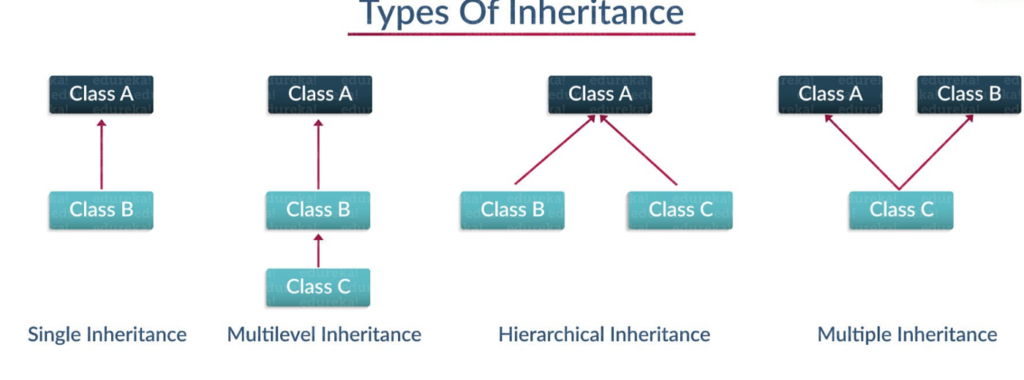
- Single Inheritance – Single-level inheritance enables a derived class to inherit characteristics from a single base class.
- Multilevel Inheritance – Multilevel Inheritance enables the derived class to inherit properties from an immediate base class which in turn inherits properties from his base class.
- Hierarchical Inheritance – It enables more than one derived class to inherit properties from the base class.
- Multiple Inheritance – It enables one derived class to inherit properties from more than one base class.
Polymorphisms
It means having many forms. It is a programming term that refers to the use of the same function name for multiple types with different signatures. When creating class methods we can use the concept of polymorphism. Python allows different classes to have methods with the same names.


Recommended to Read – Read Data From Excel Using Python in Robot Framework
Data Abstraction
It is a process of hiding the real implementation of an application from the user and showing the essential features only. It use to reduce complexity and increase efficiency. When we do not want to give the sensitive parts of our code implementation and this is where data abstraction comes in. In Python, it can achieve by creating abstract classes. Basically, it focuses on hiding the internal implementations of a process from the user.

Encapsulation
It is one of the fundamental concepts in OOPS. It describes the idea of synchronizing data and methods that work on data within one unit. This puts a restriction on accessing the variables and methods directly and can prevent the accidental customization of the data. To prevent accidental customization an object’s variable can only change by an object method. These types of variables are known as Private variables.


If you are interested in even more development-related articles and information from us here at Devstringx, then we have a lot to choose from for you.

